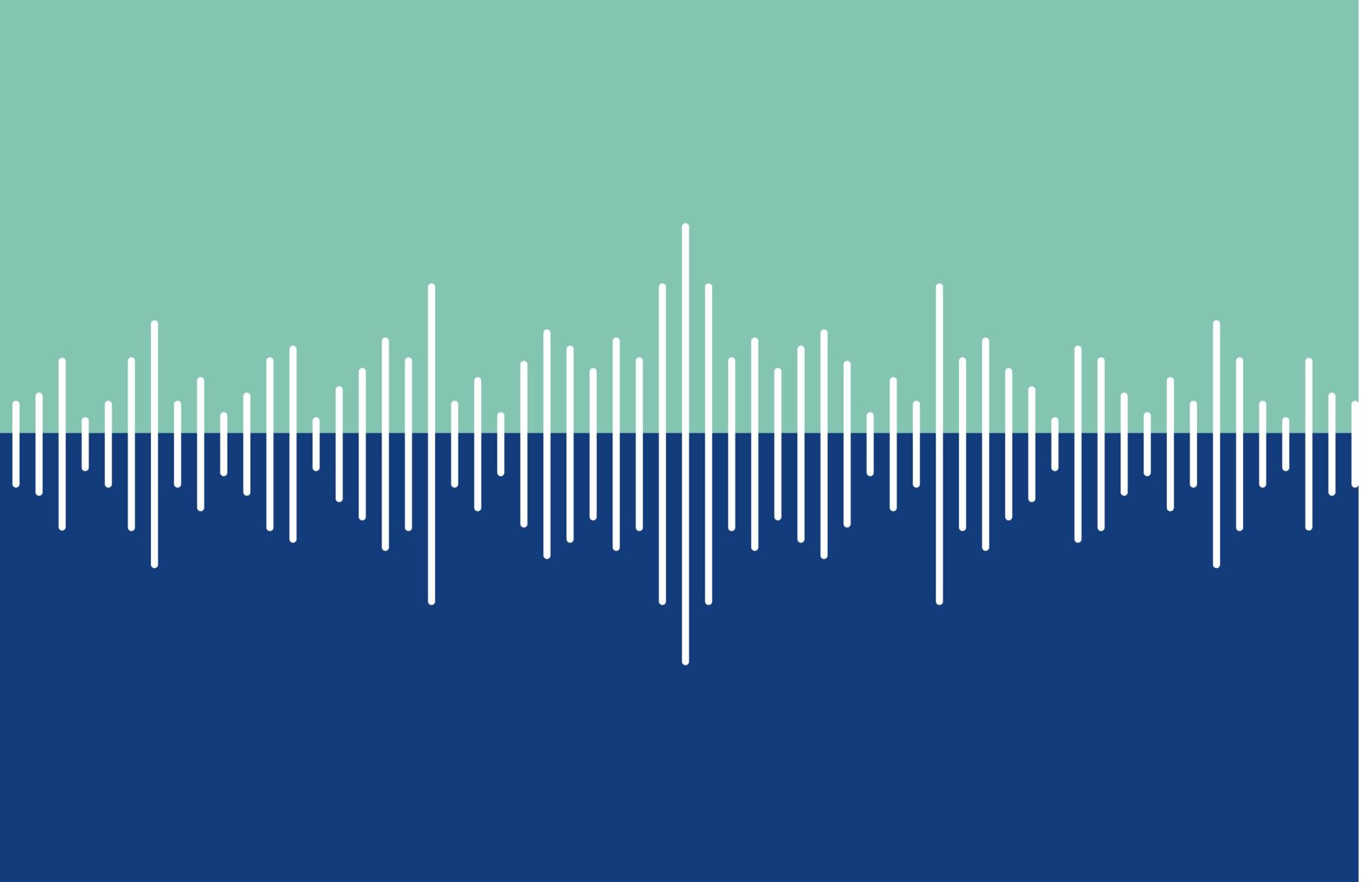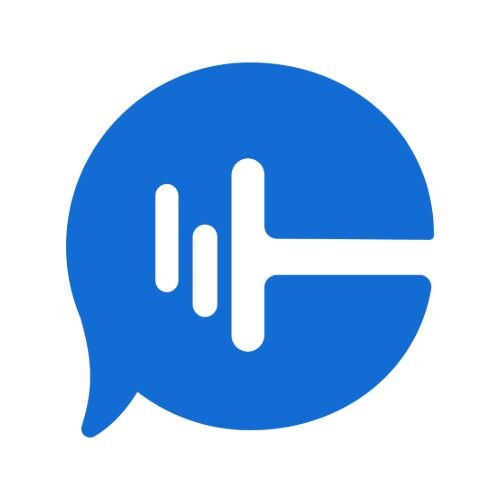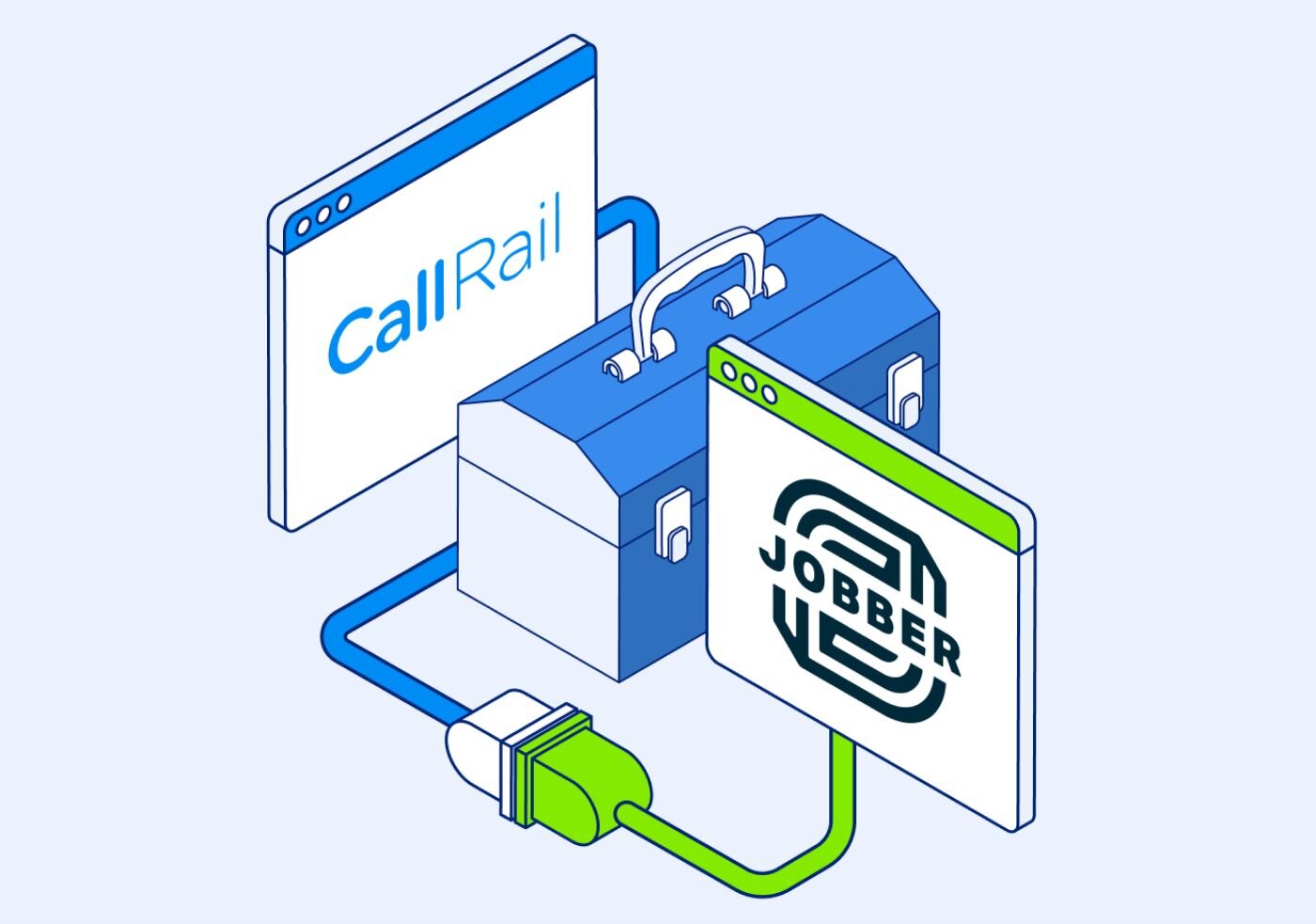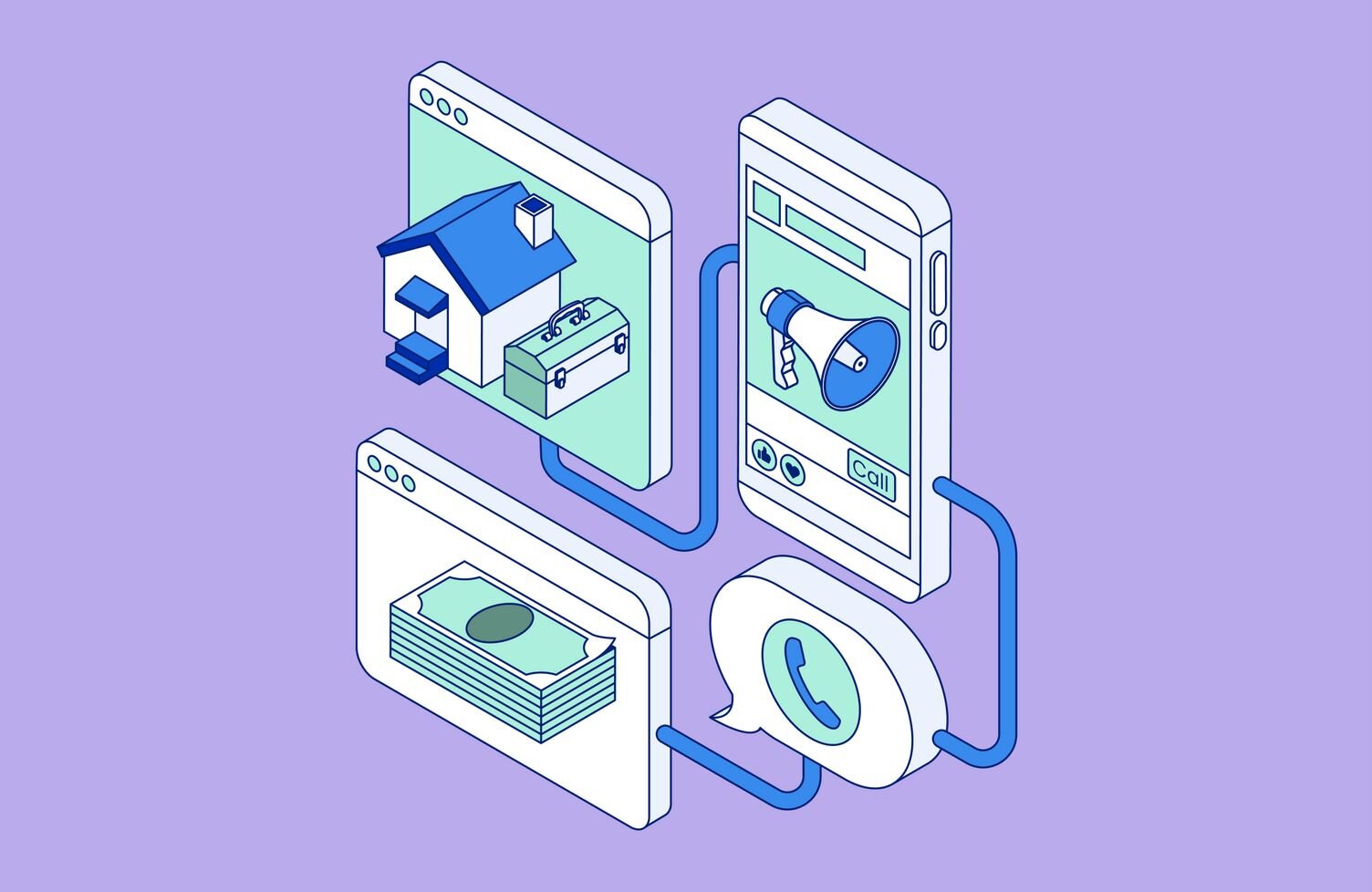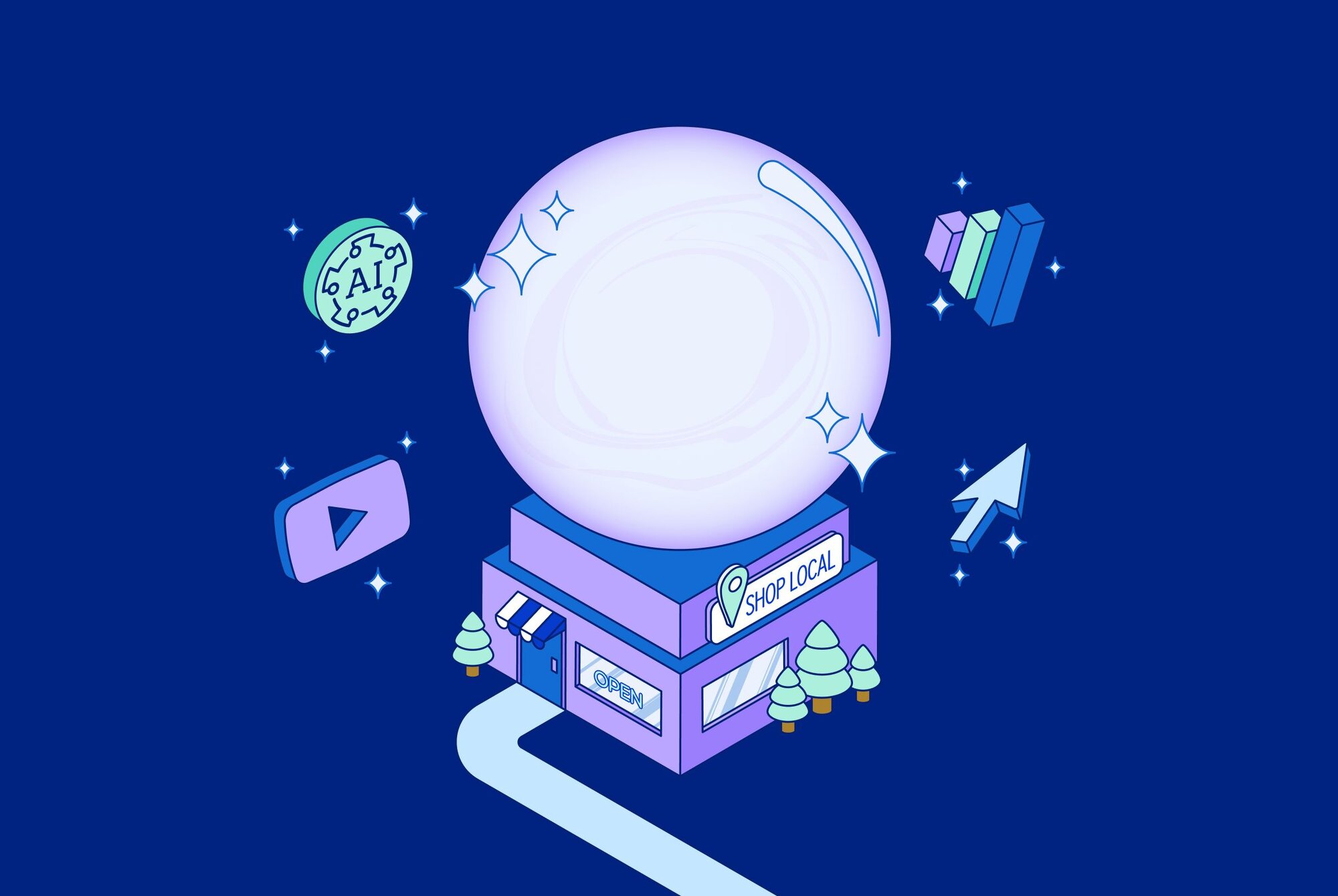What is Call Monitoring?
Call monitoring is the process of listening to live or previously recorded calls to audit the performance of call representatives, improve sales or marketing efforts, score the calls for leads, and develop sales or support strategies.
Screening calls can also help managers and supervisors get a better understanding of why customers are calling to identify bottlenecks in the customer experience.
The benefits of call monitoring
When someone calls a business and hears that call monitoring and recording are being used for quality assurance, they may not think much about it. Behind the scenes, however, a lot is going on. Top-performing companies use call tracking, recording, and monitoring in a variety of ways to better serve their customers and manage their workforce.
Monitoring calls provides managers and supervisors with an effective way to improve agent performance and meet company goals.
Here are some of the top benefits call monitoring provides:
- Improving agent performance: Call monitoring helps you assess an agent’s proficiency and identify deficiencies that require additional training or coaching. This can be a powerful tool, especially when coupled with call scoring, for analyzing agent performance.
- Providing specific coaching: Rather than relying on metrics or customer feedback alone, supervisors can judge firsthand how agents are performing and provide specific feedback. This helps avoid generic coaching and provides specific examples to help with training.
- Backing your decisions with data: Although some parts of an employee’s performance may be subjective, call monitoring, recording, and scoring can provide managers with the data they need to pinpoint problem areas.
- Setting action plans for improvement: Armed with specific information about how agents are handling certain situations, supervisors can put together action plans for improvement to meet company standards.
- Tracking progress: Call monitoring and call recording can then be used to track and modify training and coaching and measure whether agents are meeting their improvement goals.
- Setting goals and monitoring performance: Often, call monitoring will uncover areas where employees or teams need additional training or remediation. Call monitoring helps you identify these areas, set goals, and monitor performance against the goals.
- Creating a learning environment: When agents understand that calls will be monitored to help improve their performance, it helps create a more open learning environment. While holding agents accountable, it also lets them know there is an expectation of improving performance.
Call monitoring leads to a more effective workforce while developing a framework for agent development. All of this leads to the overall goal, which is to improve your service quality and create a better customer experience.
Enhancing the customer experience is crucial. According to Gartner, two-thirds of companies are now competing primarily on the customer experience, and in a North Highland survey, 87% of business leaders said improving the customer experience is their top priority for growing their business.
When you can listen in on agents' inbound and outbound calls in real time, you can take proactive steps to improve their performance and keep your customers satisfied.
The different types of call monitoring
Advanced call monitoring goes beyond giving your managers and supervisors the ability to listen in on calls. It should include several types of call monitoring techniques, such as:
- Silent call monitoring: This allows you to listen to active calls without alerting agents or customers.
- **Whisper monitoring: **Call whisper technology lets you join an active call and talk to the agent without having the customer hear you. This is often used for coaching or training to improve call quality.
- Barge monitoring: Call barging allows you to communicate with both the customer and the agent at the same time on an active call.
- Call recording: This lets you record incoming or outgoing calls for use in training, marketing, and data analysis.
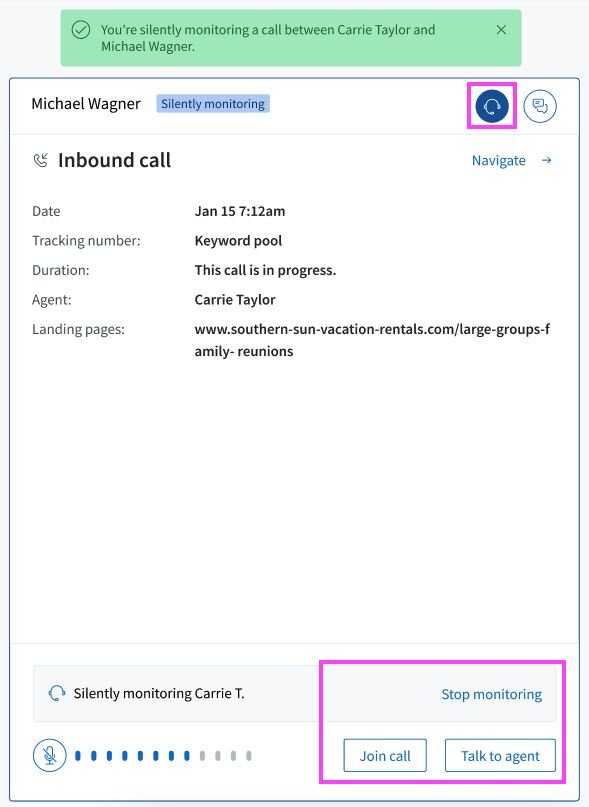
Companies planning on employing call monitoring and call recording also need to be aware of the laws involved, which vary from state to state.
Can all calls be monitored and recorded?
Not all calls can be monitored and recorded without the consent of those being monitored or recorded. Several laws come into play, including federal and state regulations.
Federal law requires one-party consent to record a phone conversation. In other words, as long as one party in the conversation is aware of the recording for a legitimate (noncriminal) purpose, you can record the call. Under federal law, you can also monitor calls if they are being used for business purposes, such as quality assurance or training.
But different states have different rules, and some laws go further than federal law by requiring two-party consent.
In two-party consent, all parties involved in a conversation or call must consent to be recorded. This can be especially challenging if you are operating a national call center or are taking calls from across state lines. The laws apply to both the caller and where they live, and the receiver and where they work.
Currently, 11 states require everyone on a call to consent to being recorded:
- California
- Connecticut
- Florida
- Illinois
- Maryland
- Massachusetts
- Michigan
- Montana
- New Hampshire
- Pennsylvania
- Washington
Monitoring calls is different than recording them, but the same laws apply. With one-party consent, your agents can grant consent. In two-party-consent states, all parties must grant consent for monitoring. Failing to do so falls under criminal statutes for eavesdropping and wiretapping.
In either case, companies need to clearly let customers know that monitoring and recording may be deployed. If customers ask not to be recorded or refuse to provide consent, the call should be terminated immediately, and the caller should be provided with an alternative method to engage with the company.
Other laws may apply to call monitoring and recording as well, including protected health information (PHI) under the Health Insurance Portability and Accountability Act (HIPAA), credit cards under the Payment Card Industry Data Security Standard (PCI DSS), and financial dealings under the Sarbanes-Oxley Act (SOX).
What businesses benefit from call monitoring?
You've probably heard the automated message from a company letting you know that your call may be monitored or recorded for quality assurance.
Call centers and customer support services are often the first things that come to mind when you're thinking about who uses call monitoring. We tend to associate call monitoring with quality control and training. However, this feature can be used for various types of businesses and departments.
Call centers and answering services
Call centers are large offices that take a high volume of calls. Such businesses use call screening and call monitoring to make sure that callers’ needs are being met in an appropriate way, phone representatives are following their directives, and other standards are being followed. An answering service might also use call monitoring. In many cases, the people working for an answering service aren't directly employed by the business for which they are taking calls.
Therefore, call monitoring can help both parties understand what is working and what can be improved upon.
Customer service and support
Customer service and support departments can use call monitoring to help identify areas where agents need additional training or coaching. Agents can be scored and provided with actionable feedback. They can be assessed on how well they handled the call, whether they met the customer’s needs, and whether they worked efficiently during the call.
Call monitoring is also useful for finding out what issues are being reported by customers in regard to websites, apps, or products to assess whether changes need to be made.
Sales departments
Sales departments can benefit from call monitoring in many ways. Sales managers can listen to the calls of trainees to give feedback, use monitored calls from experienced account executives as examples of successful sales calls, add notes and tags to monitored calls, and even score a call while listening in.
Call monitoring is often used to help improve sales workflows, bottom lines, and more. New sales employees can use call monitoring to listen to the conversations that experienced employees have with leads and customers. They can learn how to handle special cases and answer any questions they encounter.
Sales management can also use call monitoring to ensure that sales agents are giving leads the best service and that phone reps are talking with leads about any promotions or services that are supposed to be mentioned.
Managers can also track how leads are being handled and routed after they are received and add notes and tags to calls for future use. Call monitoring also allows anyone listening in to manually score a call as a lead or not.
Marketing departments
Marketing departments can also take advantage of call monitoring to determine the quality of the leads they are driving in. Call monitoring also allows the marketing team to determine if there is any disconnect between the marketing message and the sales message. If the two are not aligned, potential customers could be confused and may not convert.
Users can also monitor calls that have already taken place through call recording.
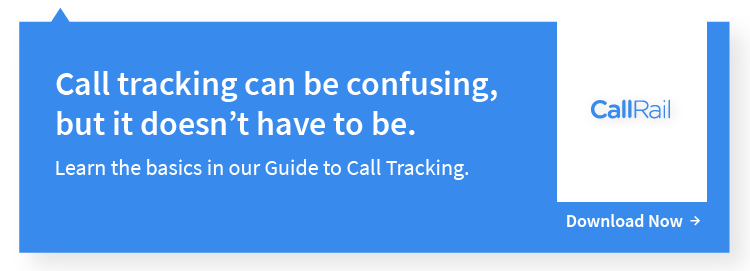
What to look for in call monitoring tools
When looking for call monitoring tools to power your business, there are some important features to put on your due diligence list. The best call monitoring software for your contact center will provide:
- Call monitoring features, including silent, whisper, and barge
- Call recording functionality, including AI-enhanced conversation intelligence to transcribe calls and analyze them
- Call center quality assurance to streamline your QA monitoring and improve your service
- Ability to seamlessly handle omnichannel communications such as calls, texts, and emails
- Predictive dialing for agents and intelligent routing for outbound calls
- Intelligent routing for inbound calls to direct them to the best available agent
- Customizable dashboards for managers and supervisors
- Third-party integrations to ensure you can use your existing tech stack
- Scalability to handle your immediate and future needs
- Automated audit trails for all interactions
- Comprehensive reporting to evaluate performance and identify coaching opportunities
- Compliance with federal and state laws and regulations
Managing remote contact center teams
Seventy percent of customer service and support agents now say they want to shift to working from home or to continue to work remotely even after pandemic concerns ease, according to Gartner. In an industry that already has hiring challenges and high turnover rates, offering remote work may be necessary to maintain appropriate staffing levels.
With the growing adoption of remote employees handling service and support, you also need to ensure that your call monitoring tools can provide the same functionality for employees working at home that they would provide in the office setting.
Free trials
Deciding to invest in a software system to manage your call tracking and monitoring is a big decision. Make sure any company you are looking at will offer you a free trial so you can test-drive it yourself.
Lead Center
CallRail’s Lead Center offers call monitoring and other real-time insights that enhance the customer experience and generate revenue. Lead Center also has softphone capabilities, giving you an easy-to-configure phone system using Voice over Internet Protocol (VoIP). This allows you to extend your calling capabilities to phone sets and devices that integrate with call analytics so you can view the marketing sources that are driving calls.




